© ROOT-NATION.com - Use of content is permitted with a backlink.
Picking up the EcoFlow RAPID Magnetic 5000 mAh and EcoFlow RAPID Magnetic 10000 mAh power banks, I can’t help but think about the fact that for the same price you could buy a ZMI No.20 power bank — with five times the capacity and four times the charging speed — and still have money left over for spare cables. So the question is: what was EcoFlow thinking when they launched the RAPID Magnetic at such a price? And as you can probably guess, the people at EcoFlow aren’t fools — meaning there’s definitely more to this story.
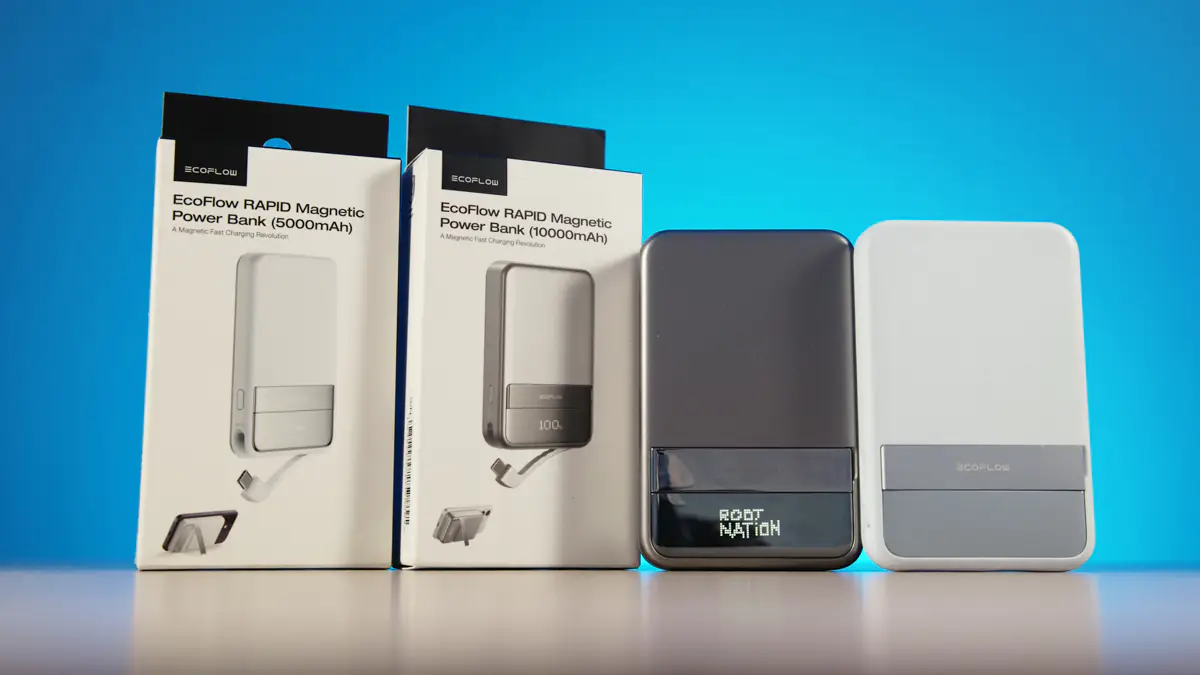
Specifications
- Capacity: 5000/10000 mAh
- Dimensions: 108.0×70.0×14.4 mm/108.0×70.0×22.9 mm
- Power: 30W/65W
- Bluetooth support: no/yes
- Wireless power: Qi2/15W
- Weight: 180/258 g
- Warranty period: 12/24 months (max.)
Video review of EcoFlow RAPID Magnetic

Cost and equipment
Let’s start with the pricing: the EcoFlow RAPID Magnetic 5000 mAh costs $75, while the RAPID Magnetic 10000 mAh is priced at $100. To put this into perspective — if you keep an eye on the market, you’ll know that a basic 5000 mAh power bank with 20W charging and wireless support can be found for around $17. However, if you dig a little deeper, you’ll start noticing products from brands like Duracell and Belkin, which operate in a different segment.
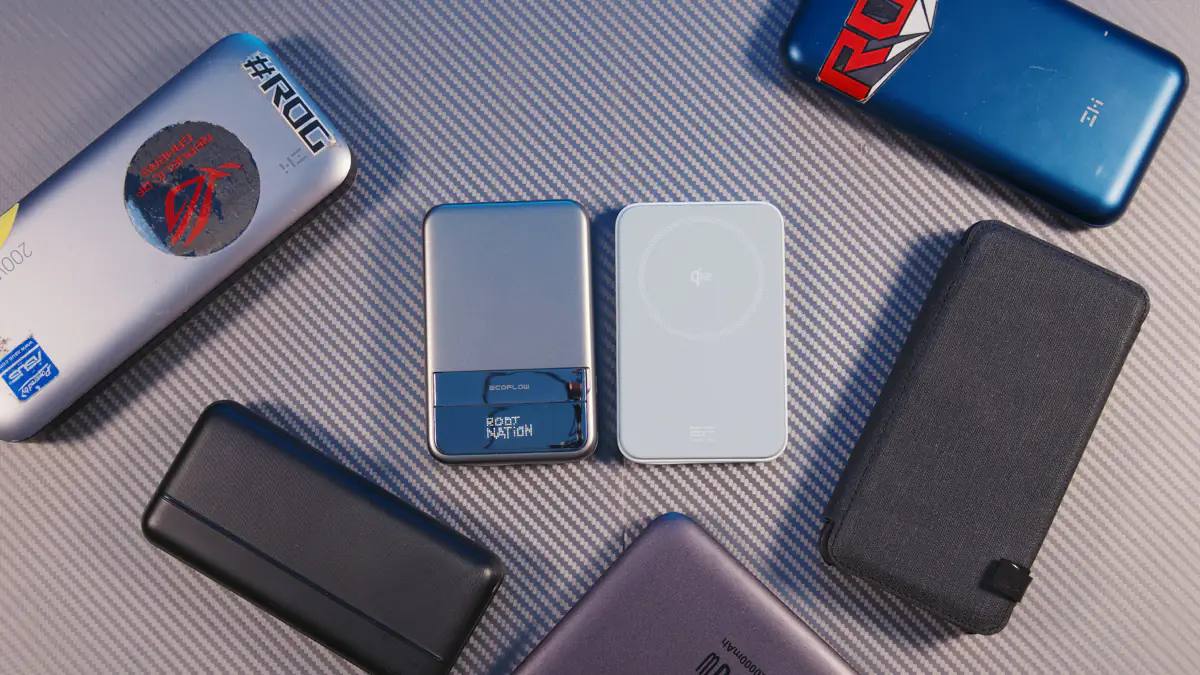
These power banks are clearly designed with iPhone users in mind, which explains their significantly higher price. In return, both the visual and technical quality are noticeably better at almost every level. That said, the unboxing experience feels a bit odd. While the packaging gives off a premium impression, the actual contents are minimal — there’s no cable included, just a user manual and the power bank itself.
Design
The barebones package starts to make more sense once you take a closer look at the EcoFlow RAPID Magnetic models. Both the 5000 mAh and 10000 mAh versions have everything built in. There’s an integrated USB-C cable for charging, and an additional USB-C port on the side for input.
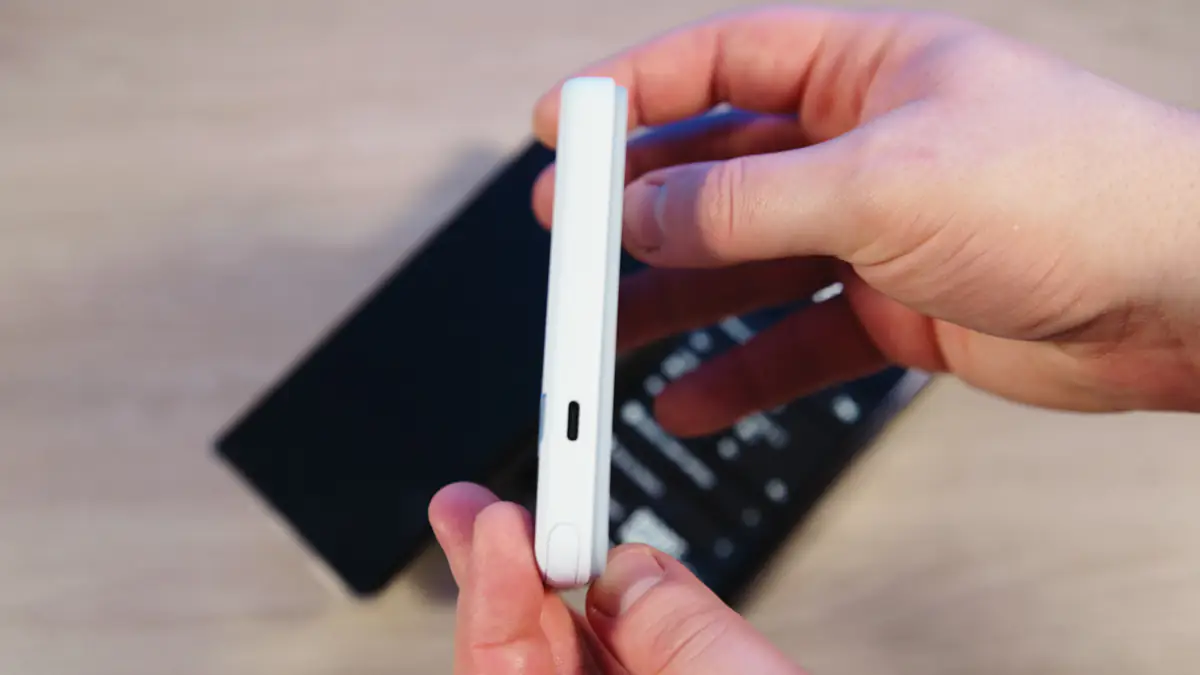
One side of the device is rubberized and features MagSafe support along with a Qi2 indicator. Both power banks support the latest wireless charging standard. However, the maximum wireless charging speed is limited to 15W, and when tested with my Motorola Edge 50 Ultra, it only managed around 6–7W, since the phone only supports Qi1.
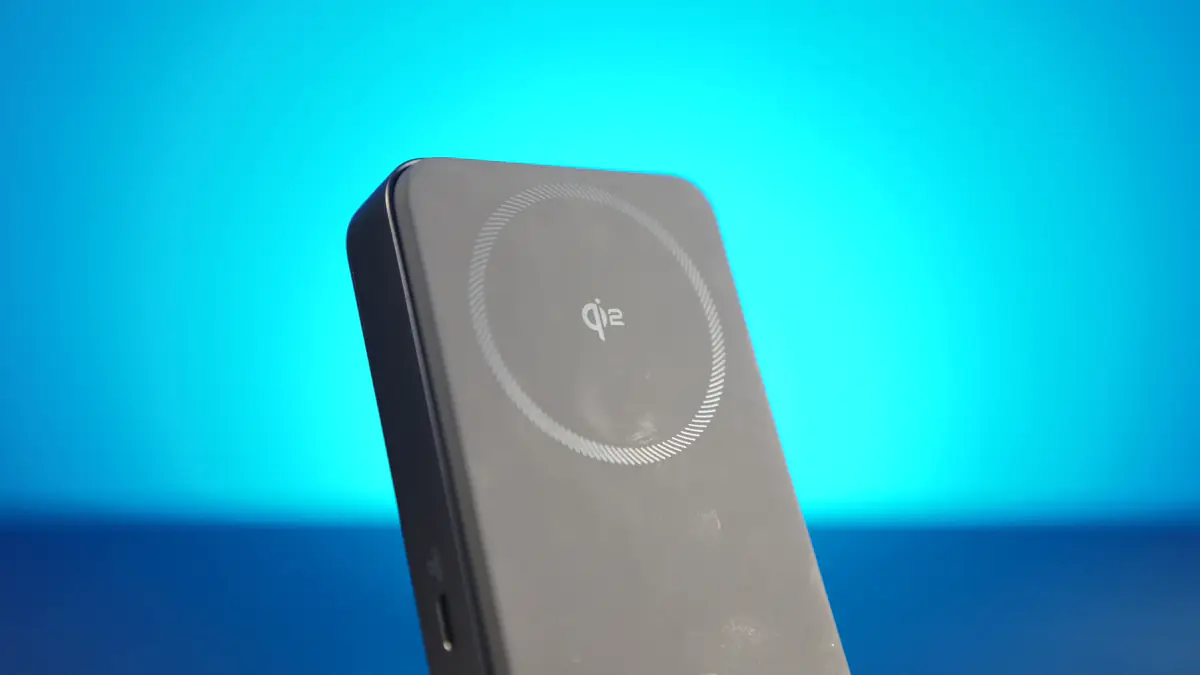
Thanks to the built-in kickstand, both power banks can double as wireless charging stands with an integrated battery. Without MagSafe on the device, though, the experience is less than ideal — the Edge 50 Ultra, for example, doesn’t align properly on the first try, which takes away from the “elegance” of the setup. Still, it’s a problem that can be solved: adhesive MagSafe rings are available, and a set of two costs around $5.
Screens
Both power banks feature battery indicators, but the EcoFlow RAPID Magnetic 5000 mAh uses four standard LEDs, while the EcoFlow RAPID Magnetic 10000 mAh steps it up with a full OLED screen. The downside is that the area around the screen is aggressively glossy — even the slightest trace of oil or fingerprints smudges it almost instantly, and cleaning it off isn’t easy.
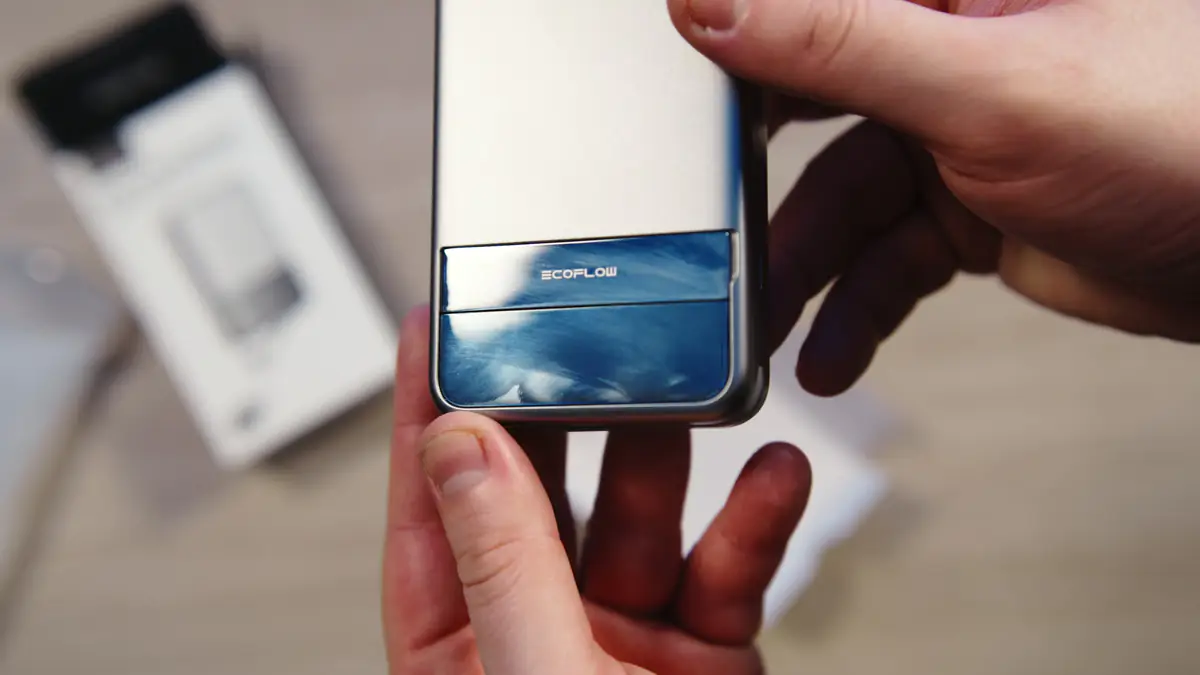
The good news is that the screen is the most informative I’ve ever seen on any power bank. It shows not just the battery capacity but also real-time charging speed, and even… a customizable wallpaper.
Software
How? With EcoFlow’s proprietary software. It’s also universal, as it works with all of the company’s devices – I have the EcoFlow River 2, so the app was already installed on my device. And aside from the mandatory location setup (which I set in the middle of the ocean), this app is really great.
You can check it: the battery capacity is accurate to the hundredth of a percent. The charging speed is displayed in all three directions: wireless, via the built-in cable, and through the USB-C port.
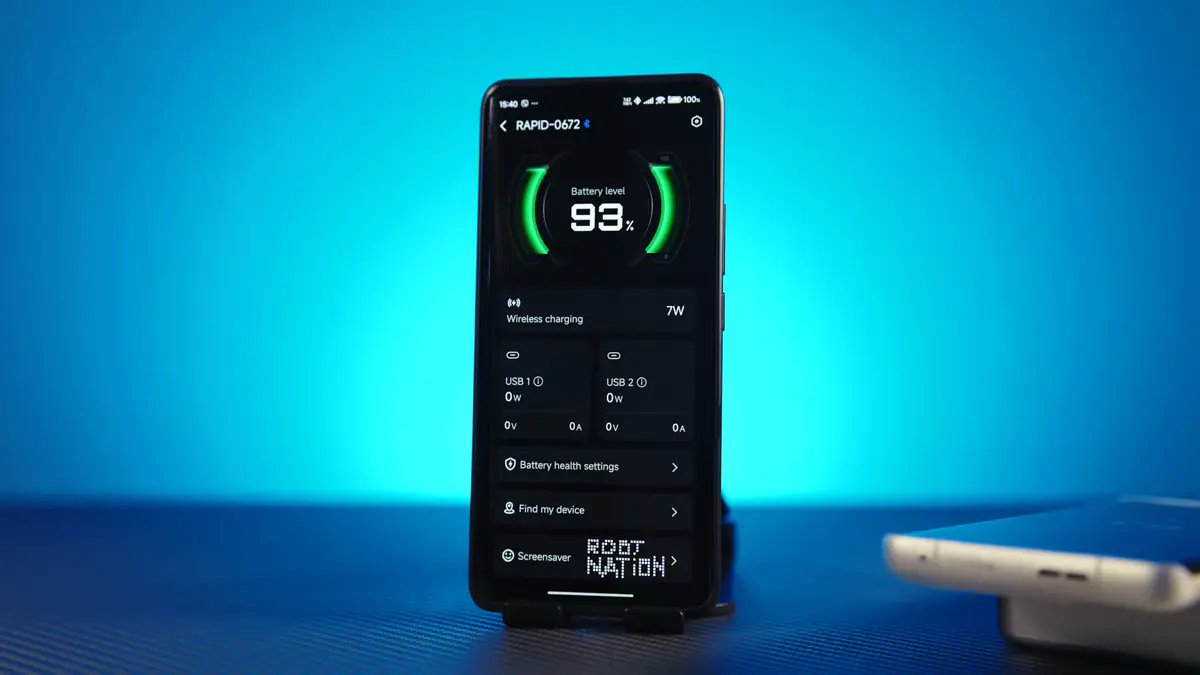
You can set battery longevity settings, overheat protection, and the maximum capacity. But that’s not all.

With the screen, you can perform some real magic. Not only can you change the shutdown time, like on smartphones, but you can also set a screensaver, including a custom one. That’s why I have “Root Nation” displayed on mine. The drawing interface isn’t the most convenient and requires high precision—perhaps a stylus would help. But overall, the process is enjoyable.
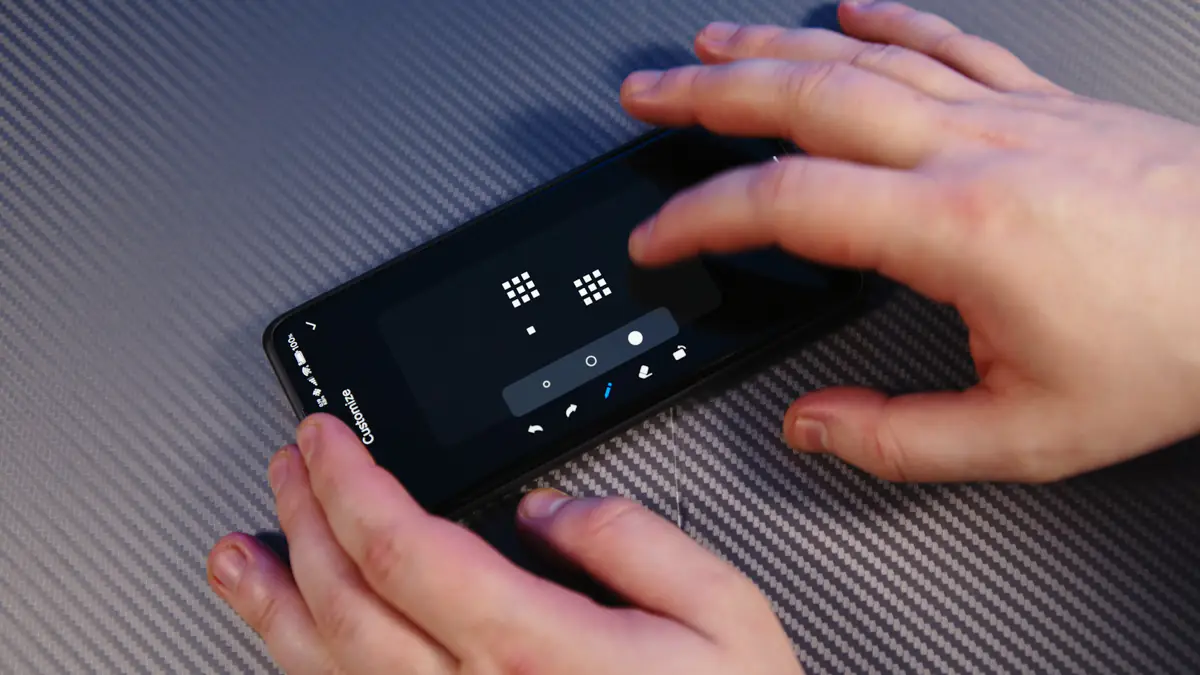
And even that’s not the main point. The real reason I justify the price of the EcoFlow RAPID Magnetic 10000 mAh is the built-in speaker. It’s quiet, but it has a relatively unique sound, which you can activate via the app. Plus, you can leave the Bluetooth on all the time. Yes, this does lead to self-discharge—about 2% per week, which is normal since even cheap trackers run on batteries.
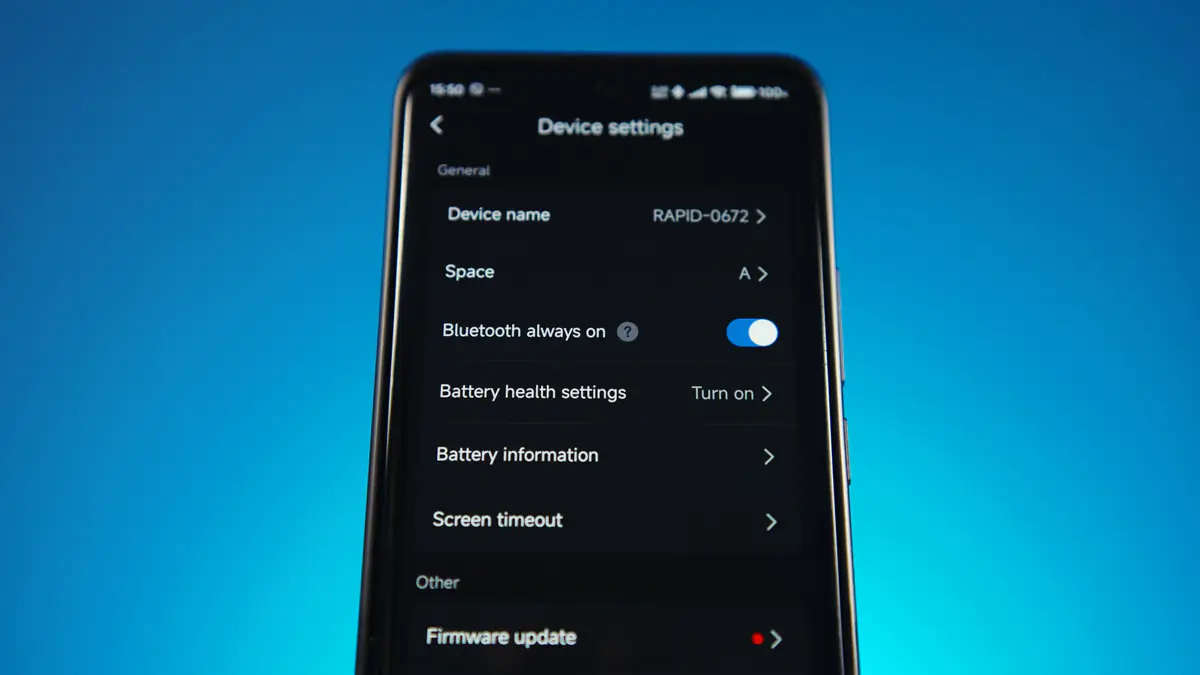
But in reality, the EcoFlow RAPID Magnetic 10000 mAh is not just a wireless charger. It’s also a tracker in case you lose your bag. It’s a magnetic power bank… with a BUILT-IN CABLE. And it supports charging speeds up to 65W. However, from this point on, we start delving into the negatives.
Drawbacks
The first issue that disappointed me is that the EcoFlow RAPID Magnetic 10000 mAh supports the app, but the smaller 5000 mAh version does not. I would have prioritized software support for the 5000 mAh model, especially the tracking feature. It’s much more compact and would fit much more easily in something like a woman’s handbag. For this reason, I would recommend it to everyone, especially women, as a simple emergency accessory.
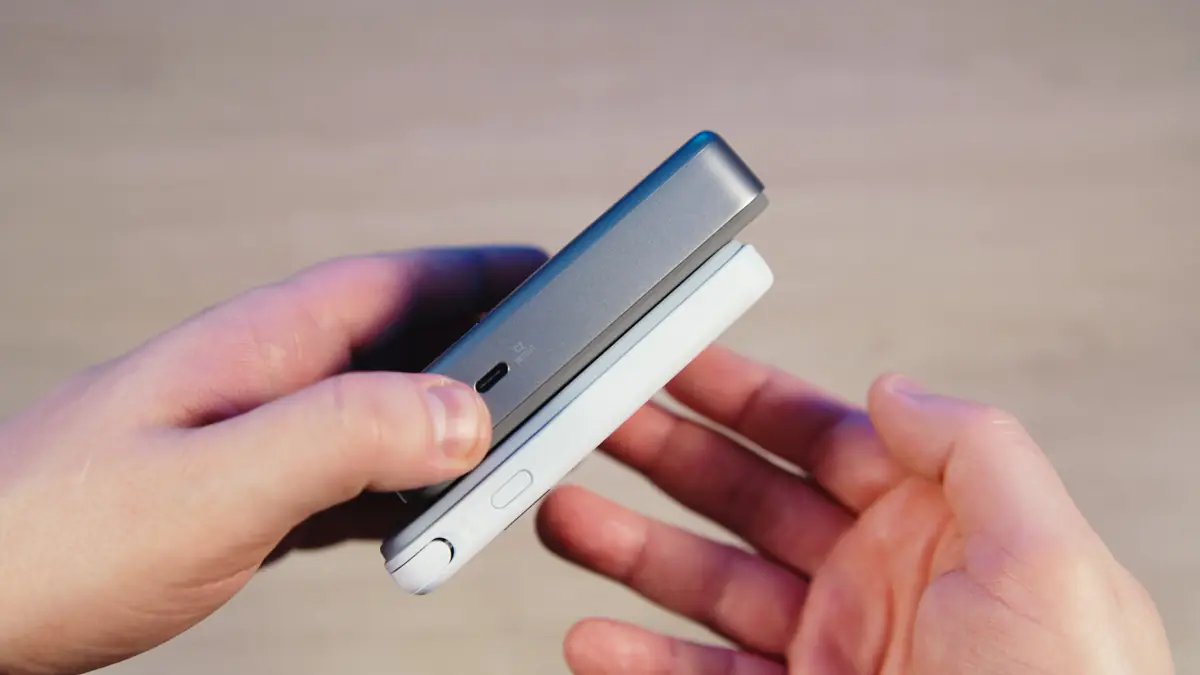
Next is the balance between capacity and reliability. I can confidently say that I trust both of these power banks more than any of my current, previous, or past ones. Because, if anyone can prevent overheating or swelling, it’s the mighty power gods of EcoFlow. However, honestly, I’ve never heard of a power bank catching fire—though smartphones, yes, power banks, no.
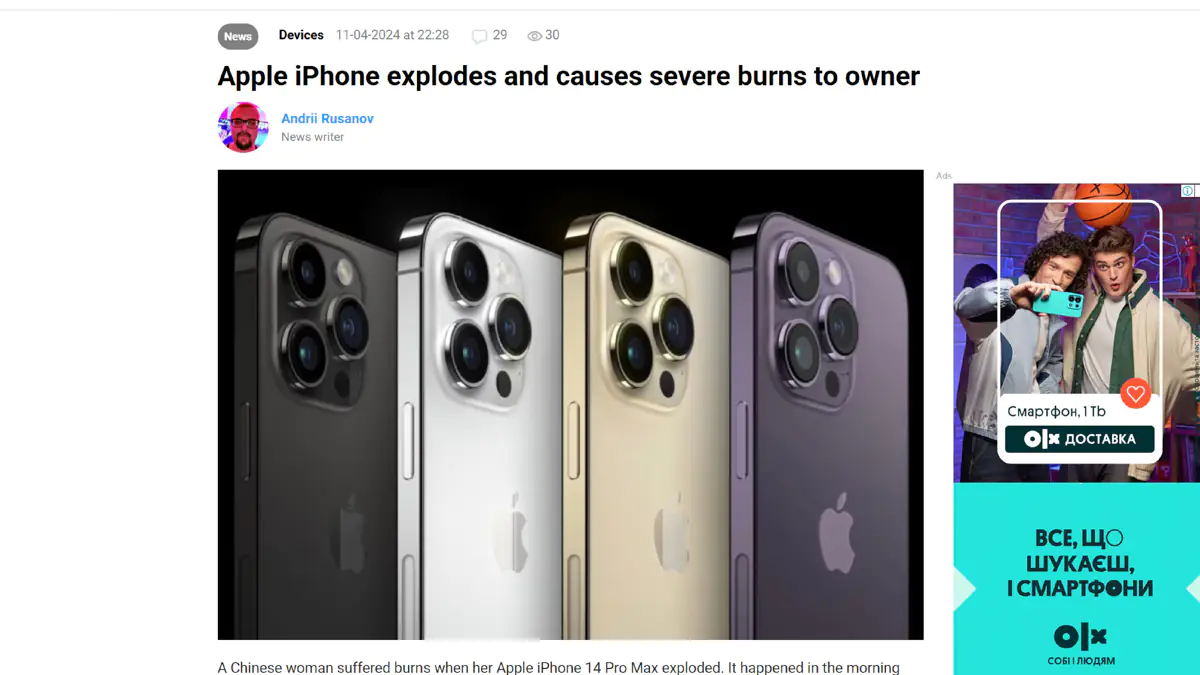
The situation could theoretically be saved by the huge number of supported fast charging systems, including exotic ones like SuperVOOC. I’m not talking about the smaller version of the power bank, but the larger one supports a maximum of 65W via cable, while the Oppo Reno13 5G, for example, supports up to 80W. So, does it work?
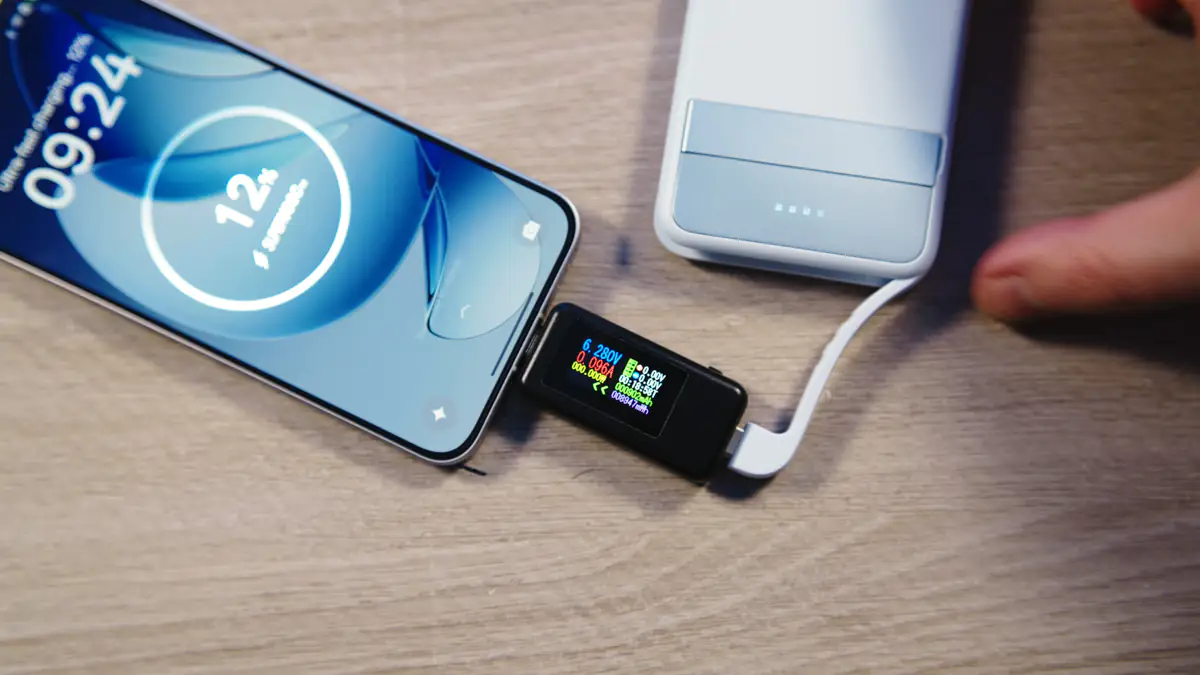
No, it doesn’t work. The power bank outputs a maximum of 27W—27W for the Oppo, and 26W each for the Redmi Note 13 Pro+ 5G and Motorola Edge 50 Ultra. Meanwhile, the ZMI No. 20 power bank charges at nearly 60W. I understand the situation with SuperVOOC, as the standard requires a Type-A cable. However, in the case of the Motorola, there’s Power Delivery with a 125W maximum, and the Redmi Note has a 120W standard charger, but Power Delivery is also supported.
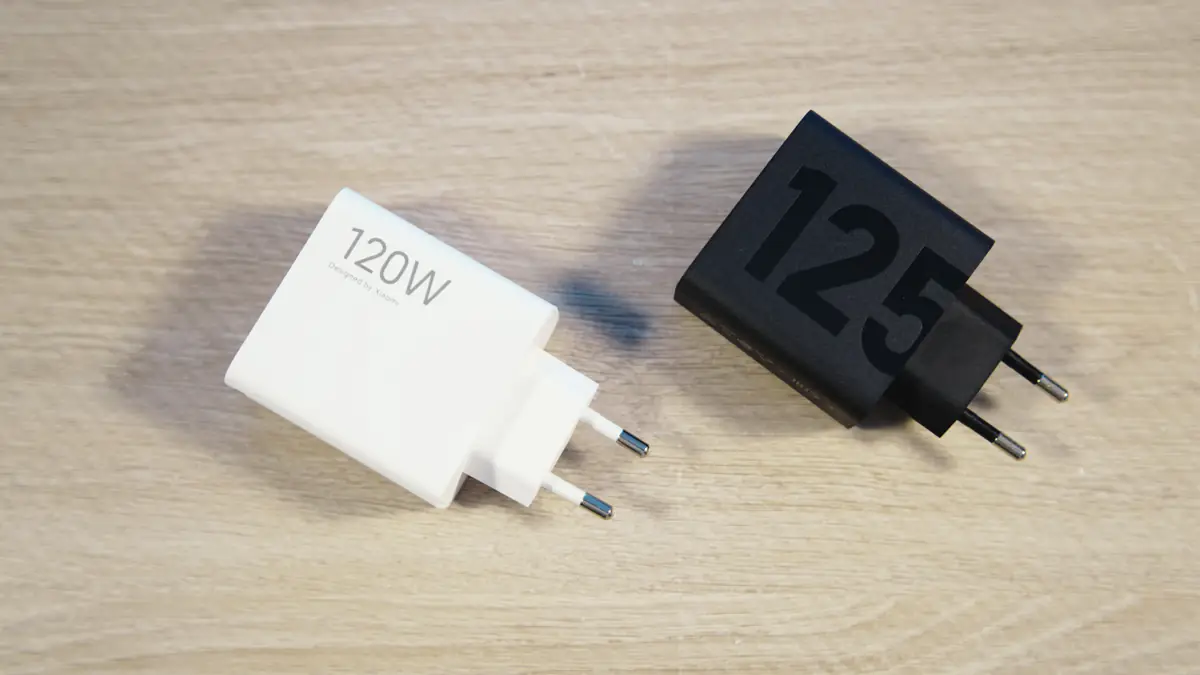
And if you haven’t noticed, I charged the smartphones from about 10% capacity, which is when they are typically ready to accept maximum charging speed. Also, keep in mind that when using the built-in cable, the EcoFlow RAPID Magnetic will only output charge to power banks and smartphones, meaning the power transfer is one-way.
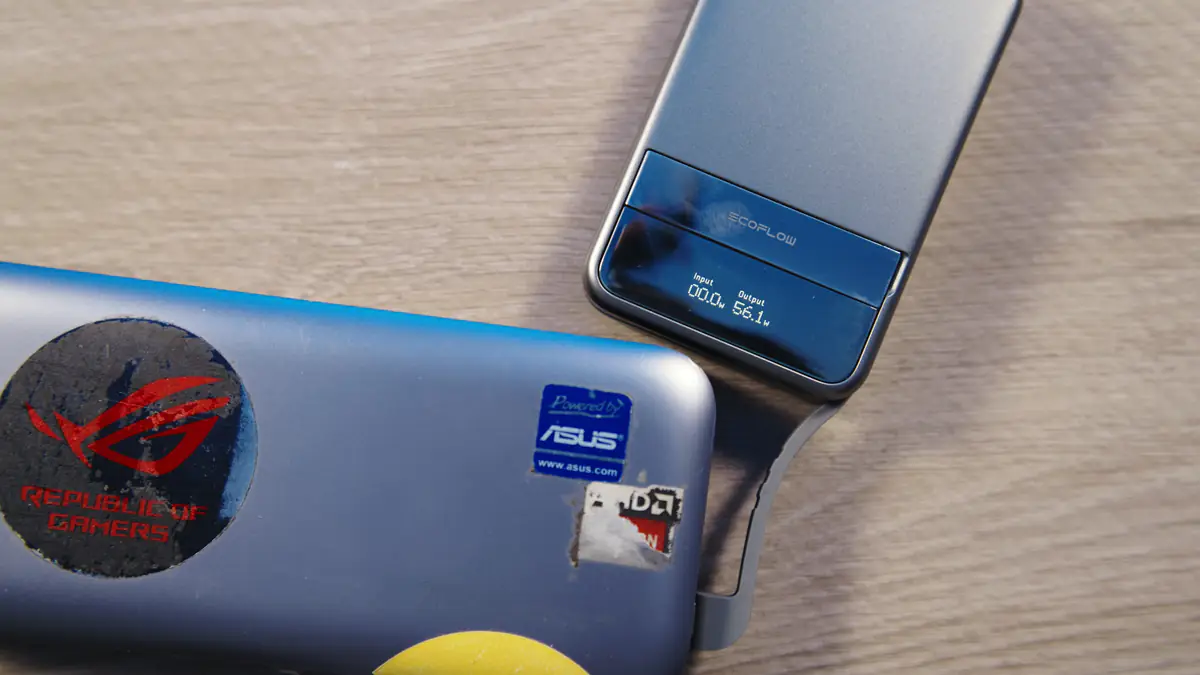
However, with the same cable, you can charge the power bank from a Type-C block. Just plug it in and leave it. And once again, the power bank accepts up to 60W internally, honestly.
Pass-Through
Next, there’s no real support for Pass-Through. But what exactly is Pass-Through? Literally, what does the term mean? It means “passing through.” It’s a technology where the power bank first charges the connected device, and then itself. If you plug a device into the power bank, and it doesn’t know whether to charge itself or pass the charge through to the device, that’s not Pass-Through.
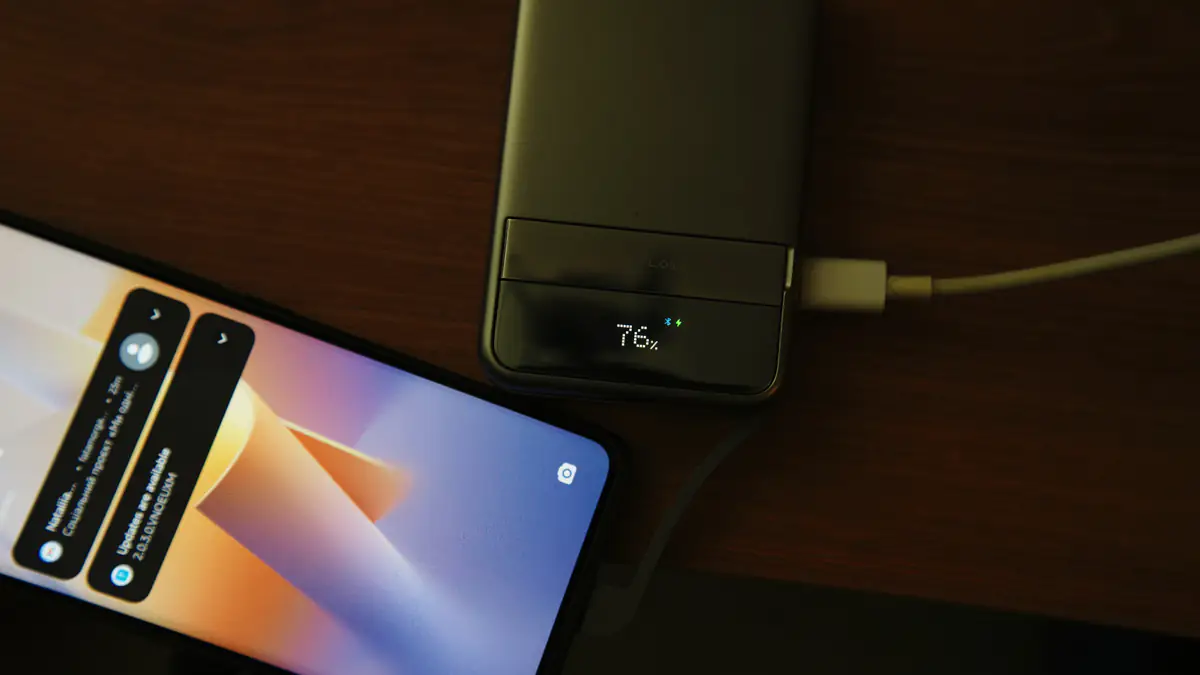
If you’re charging the power bank at 64W, plug in a smartphone, and the smartphone starts taking 6W while the power bank takes 12W, that’s not Pass-Through. This is what you call “two-way” charging, but it’s not the same as pass-through. Additionally, this power bank uses a lithium-polymer battery, not a lithium-ion one, and they typically don’t handle Pass-Through as effectively.
Conclusion
There are definitely advantages to these power banks. They offer technological innovation, reliability, thoughtful design, and modern features. One of these power banks, the 5000 mAh version, will be given to someone close to me, as I’m 100% confident it will fit in a small handbag and serve as a great, reliable accessory.
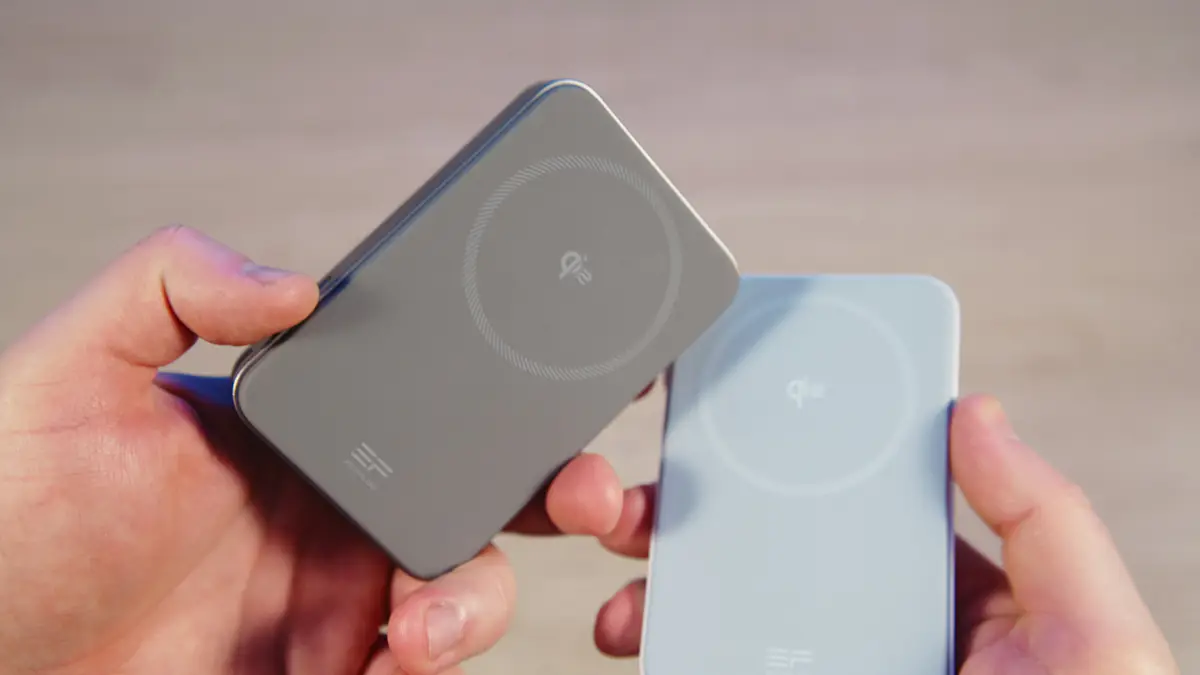
The second one will be my primary power bank for, hopefully, many winters to come. The warranty here is at least a year and a half. The key point is that purchasing an EcoFlow RAPID Magnetic should not be an impulsive decision, like buying a cheap power bank for blackouts. This could be a problem for many. Plus, there’s still a lot missing, such as software support in the smaller version.
To wrap up, I’ll say that for the first time in my life, I’m curious about what the next generation of power banks will offer. The EcoFlow RAPID Magnetic Part 2 Electric Boogaloo has the potential to become one of the best on the market—at least for its target audience. Right now, it’s just a great device. If you need it, I recommend it!
Read also:
- EcoFlow River 2 Power Station Review
- EcoFlow River 2 Max power station review: Affordable, fast, cool
- BLUETTI AC200L Portable Power Station Review: Reliable Backup Power for the Entire Home

